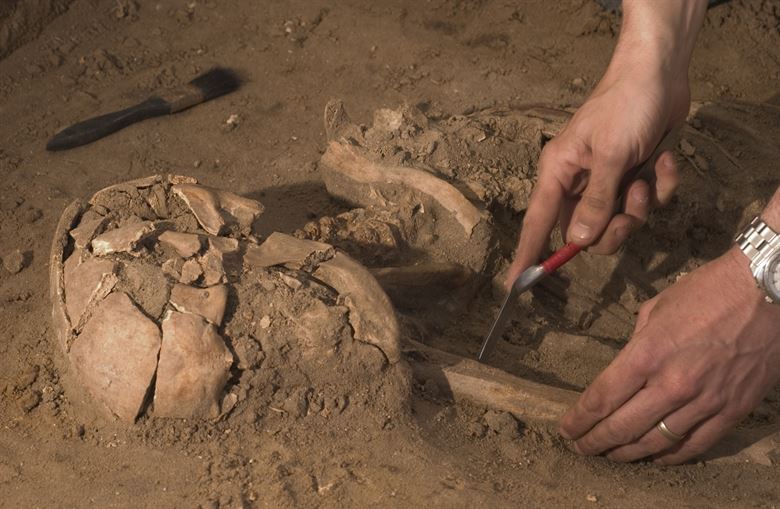Archaeologists Find Way To Identify Sex of Cremated Remains
For archaeologists, determining the sex of human remains can play a valuable role in deciphering the customs and practices of ancient civilizations. Even when a body has been buried for centuries, examining engendered features of the body, clothing, and surrounding grave goods often yields important information about an individual’s sex, age, and class.
When a society’s funerary practices include cremation, remains become much harder to identify. Subjective markers like grave goods are necessarily imprecise indicators of sex, as “traditional” gender roles vary widely across time and space. An accurate understanding of societal and individual identity requires a deeper knowledge gleaned from multiple sources. To get closer to the truth, researchers must combine known cultural markers with other sex-specific characteristics. Until recently, there were few other clues.
Sex of Bronze and Iron Age remains
Recently, a group of scientists from the UK’s University of Durham developed a new process for ascertaining the sex of cremated remains by analyzing the size and structure of surviving bone fragments. To establish their method, they studied the remains of over a hundred individuals who died between the 12th and sixth centuries B.C.E. to find skeletal characteristics that consistently matched the perceived gender of the individual based on grave goods and other indicators.
Of two dozen possible characteristics, they found eight that accurately identify sex 80% of the time. This new approach, detailed in the journal PLOS, could improve the accuracy of sex identification and provide valuable new information about historic burial sites.
Although the work is tedious and the material challenging to study, the discovery promises a “replicable, reliable” way to determine the sex of cremains and is a valuable addition to archaeological study with the potential for practical applications in the modern world.
Modern applications
While modern identification often depends on DNA or dental records, disasters like plane crashes and wildfires pose unique challenges. Burned remains often yield little material usable for DNA testing. In the case of a small town like Paradise, California, almost entirely destroyed by last year’s devastating Camp Fire, dental records at the few local dentists’ offices burned along with everything else. The finding that small bone fragments can still yield sex results is a promising step toward an improved science of victim identification.
While an exciting step, scientists warn applying this method to modern forensics requires studies specific to regions and times. This is due to differences in skeletal traits across time and space. But in wildfires or other disasters with large numbers of victims burned beyond recognition, any new way to identify victims advances the difficult, heart-wrenching process of bringing closure to survivors.




